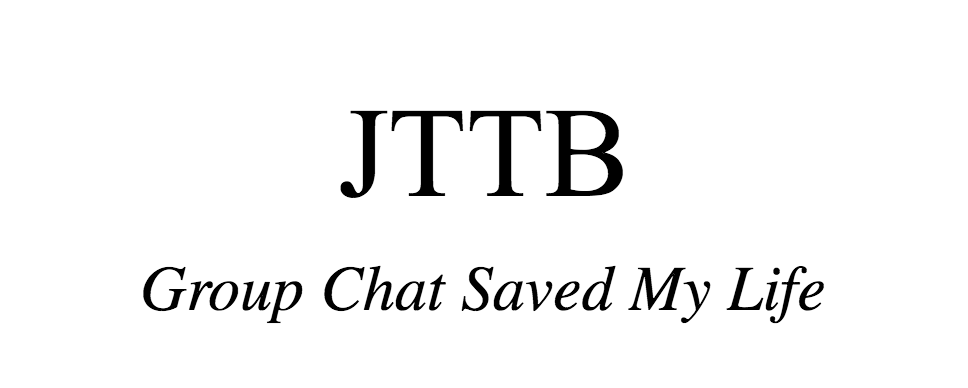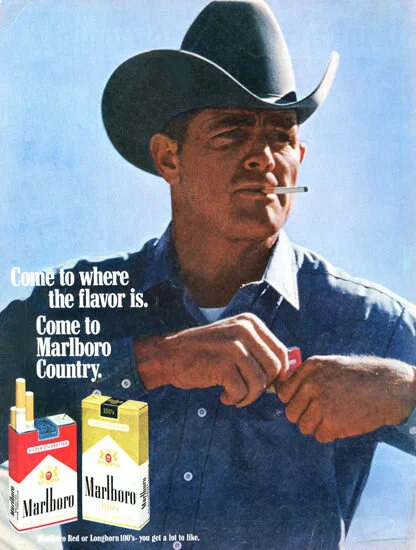How the Marlboro Man Changed Advertising
The first installment of a weekly column focusing on a variety of historical advertising campaigns, from the innovative to the distasteful, and anything in between. Today’s offering concerns Marlboro’s immensely successful ‘Marlboro Man’ campaign, one of the most effective advertising campaigns of all time.
The year is 1954 and Marlboro was primarily a Women’s cigarette brand, as Philip Morris & Co. Ltd. had specified at the brand’s launch in 1924. Wanting to appeal to a wider market, Marlboro tasked Leo Burnett, a Chicago-based advertiser, with reinventing the brand. Market research carried out at the time suggested men were open to the idea of smoking cigarettes with filters, but they were ashamed to be seen with what was widely regarded as a female indulgence.
Burnett wanted to avoid going into any detail on the inclusion of a filter itself, as it would create doubt over the damages of long-term smoking, so he instead focused on crafting the image of the working man over a wide variety of professions, from seamen to weightlifters — the Cowboy was the first in this series. By 1955 came around, Marlboro was the 4th best selling cigarette brand in the world. Morris stuck with the Cowboy motifs and the rest, as they say, is history.
I could bore you with more specifics, but this isn’t Wikipedia. Just know that in 1955 Marlboro recorded sales of 5 billion dollars. By 1957, that $5 billion had become $20 billion— a 300% increase.
The success of the initial line led to the creation of ‘Marlboro Cowboy’ and ‘Marlboro County’ lines, both of which were heavily influenced by western themes. Though the product remained fairly identical across the range, it was the campaigns that differed, appealing to a variety of demographics. Cowboys were cool, and this had an influence ranging far beyond just the cigarette market. People wanted to dress like a Cowboy, and big brands such as Ralph Lauren grew in stature as a result, culminating in the creation of the Double RL line in 1993, which is still going strong today.
Marlboro thrived on the back of this success and began to employ authentic ranchers for the shoots, increasing the credibility of the campaign with the mass populous. This credibility allowed the company to branch into Motorsports (even if you don’t like F1, you’re likely aware of the presence Marlboro has in the sport, but that’s a topic for a different article) and even dipping into Fashion here and there, with pieces from the 20th century still revered on Depop, eBay, and the like.
There has been something of a resurgence when it comes to the cultural ideal of the Cowboy in recent times, be it from the global success of Rockstar Games’ Red Dead Redemption series, or the ‘Modern Cowboy’ aesthetics of Emily Bode, Needles, and workwear brands such as Filson or Carhartt. Young people are quick to design outfits on the foundations of ‘stolen valor’ and, whilst the recent Cowboy boom is no different on the surface level, it feels like it could be here to stay.




